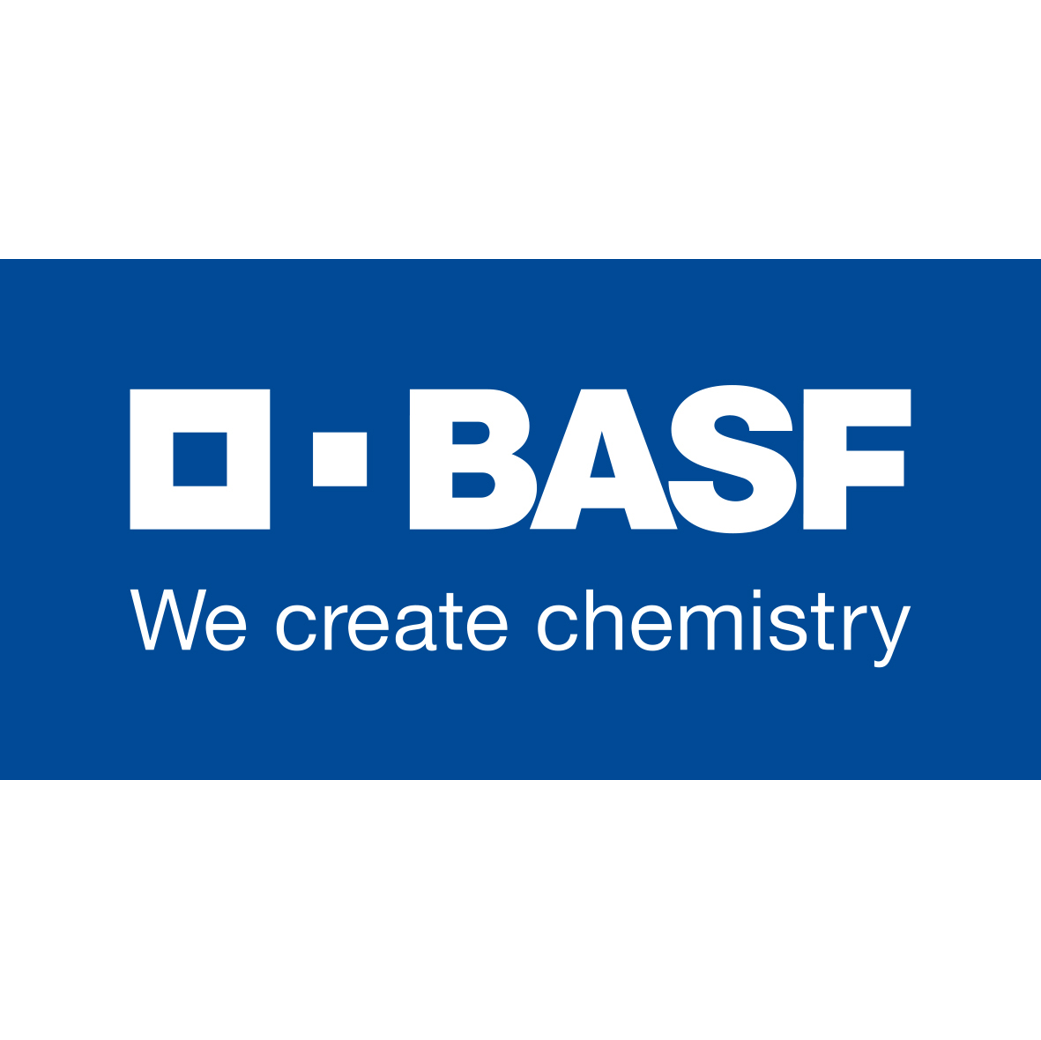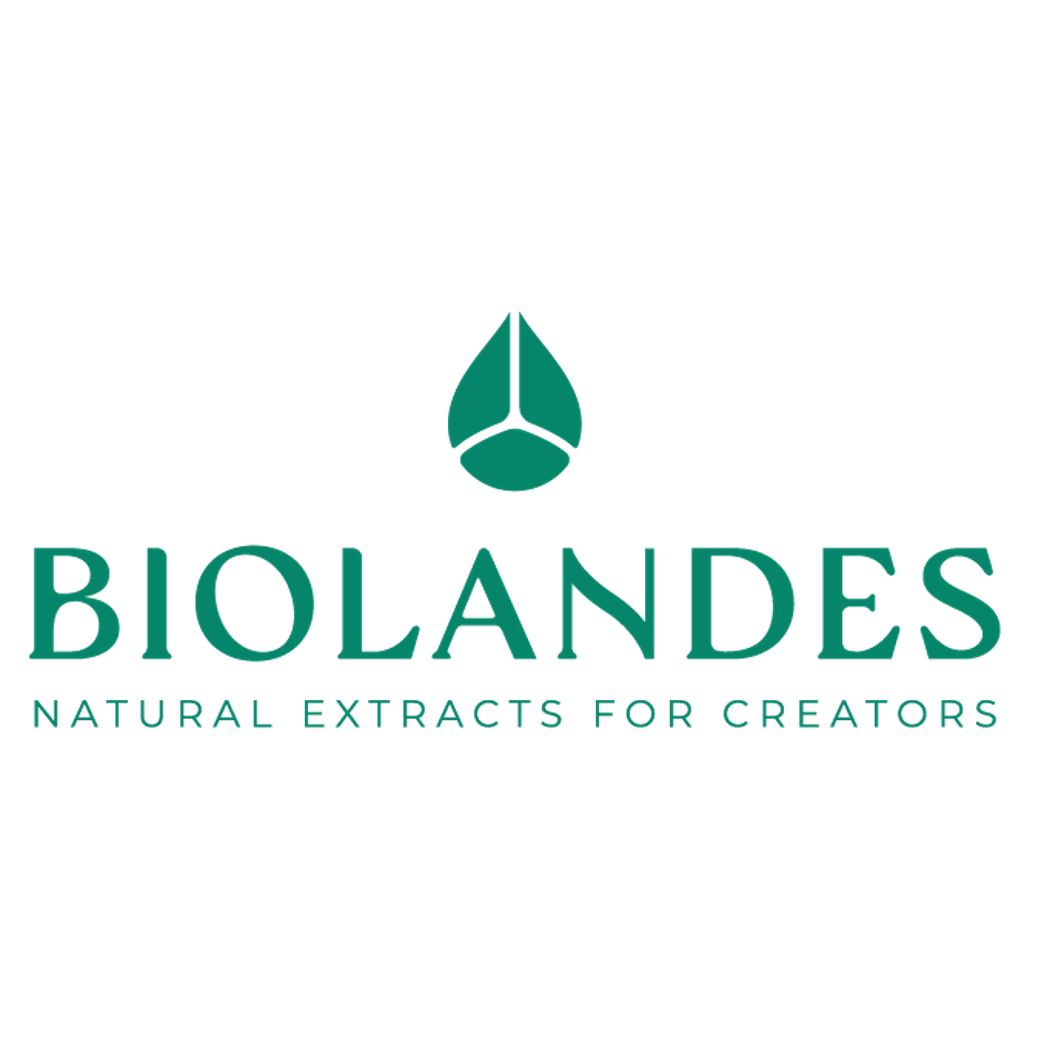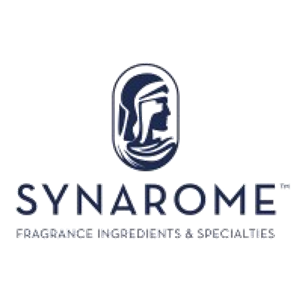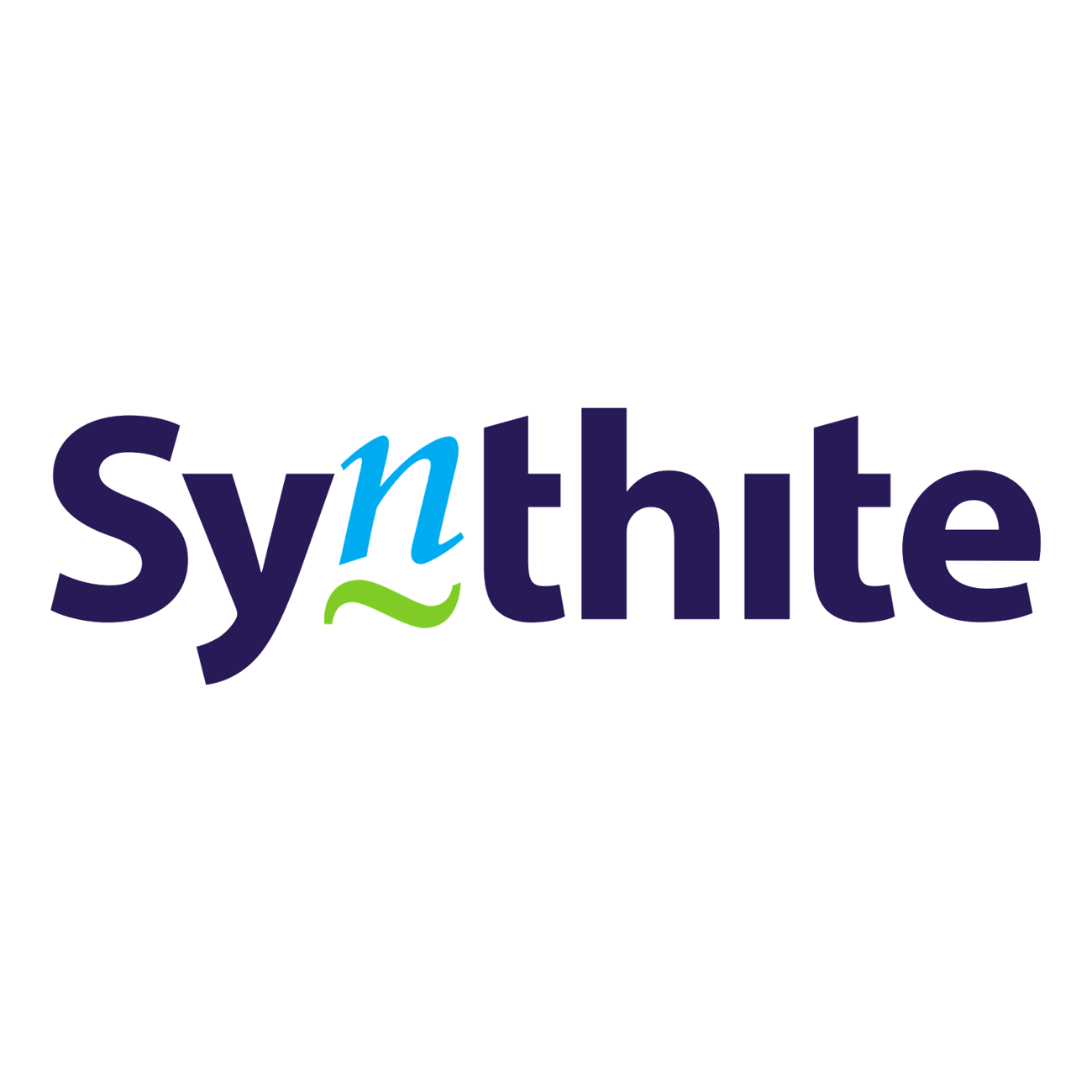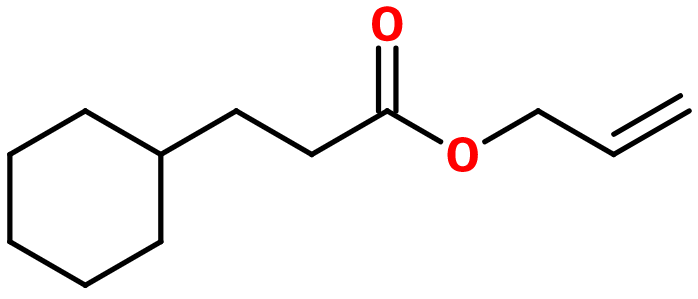
Photo credits: ScenTree SAS
Allyl cyclohexyl propionate
Fruity > Tropical Fruits > Green > Green Fruits
Allyl 3-cyclohexyl propionate ; Allyl 3-cyclohexyl propanoate ; Allyl beta-cyclohexyl propionate ; Allyl beta-cyclohexyl propanoate ; Allyl cyclohexylpropanoate ; Allyl cyclohexylpropionate ; Allyl hexahydrophenylpropionate ; Allyl hexahydrophenylpropanoate ; Pineapple ester ; Prop-2-en-1-yl 3-cyclohexylpropionate ; Prop-2-en-1-yl 3-cyclohexylpropanoate ; 2-propenyl 3-cyclohexylpropanoate ; ACHP

Photo credits: ScenTree SAS
| Company | Ingredient Name | ID | Comments | Naturality | Certifications | MOQ | Purity |
|---|---|---|---|---|---|---|---|
|
|
ALLYL CYCLOHEXYL PROPIONATE | - |
Visit website
|
- | 10 grs | - |
General Presentation
-
CAS N° :
2705-87-5 -
EINECS number :
220-292-5 -
FEMA number :
2026 -
FLAVIS number :
09.498
-
JECFA number :
13 -
Volatility :
Head/Heart -
Price Range :
€€
Physico-chemical properties
-
Appearance :
Colorless liquid -
Density :
0,95 -
Refractive Index @20°C :
Data not available. -
Optical rotation :
Data not available. -
Vapor pressure :
Data not available. -
Flash Point :
106°C (222,8°F)
-
Molecular formula :
C12H20O2 -
Molecular Weight :
196,29 g/mol -
Log P :
4,28 -
Fusion Point :
< -20°C (< -4°F) -
Boiling Point :
266°C (510,8°F) -
Detection Threshold :
Donnée indisponible.
Chemistry & Uses
Uses in perfumery :
Allyl Cyclohexyl Propionate is used in fruity notes of pineapple to bring a tasty, sweet, natural note and acidity of the fruit. It is more commonly used in exotic fruits notes and in chamomille reconstitutions.
Year of discovery :
Data not available.
Natural availability :
Allyl Cyclohexyl Propionate is not reported as found in nature. It can't be extracted and used as natural.
Isomerism :
Allyl Cyclohexyl Propionate is a constitutional isomer of Isobornyl acetate and Terpenyl acetate among others, but they do not have the same smell as ACHP.
Synthesis precursor :
Allyl Cyclohexyl Propionate is not used for the synthesis of another compound of olfactive interest.
Synthesis route :
Allyl Cyclohexyl Propionate is synthesized on a synthetical way in two steps, from Cinnamic Acid. The first step is a catalytic hydrogenation of the acid, at very high temperature (over 200°C), using a catalyst as palladium. The second step is an esterification involving the intermediary product, cyclohexyl propionic acid, and allyl alcohol, i.e. 2-propenol. This reaction is heated and uses an acidic catalysor as concentrated sulfuric acid.
Stability :
Esters may form their corresponding acid in stability
Other comments :
In comparision to other notes of pineapple as Ethyl Butyrate, Allyl Caproate and Allyl Amyl Glycolate for example, CHPA brings a tasty and natural fruit note.
IFRA
IFRA 51th :
This ingredient is restricted by the 51th amendment
- Quantitative limit on the use :
-
Cat.1 Cat.2 Cat.3 Cat.4 Cat.5A B C DCat.6 0,085 % 0,025 % 0,35 % 0,47 % 0,12 % 0,12 % 0,12 % 0,040 %0,28 % Cat.5A B C DCat.6 0,12 % 0,12 % 0,12 % 0,040 %0,28 % Cat.7A BCat.8 Cat.9 Cat.10A BCat.11A BCat.12 0,70 % 0,70 %0,040 % 0,92 % 0,7 % 3,3 %0,040 % 0,040 %No restriction Cat.10A BCat.11A BCat.12 0,7 % 3,3 %0,040 % 0,040 %No restriction
-
Specified ingredients: notes
According to the IFRA Specification Standard of Allyl esters, Allyl esters should only be used when the level of free Allylalcohol in the ester is less than 0.1%. This recommendation is based on the delayed irritant potential of Allylalcohol. Please also refer to the IFRA Specification Standard Allyl esters.





